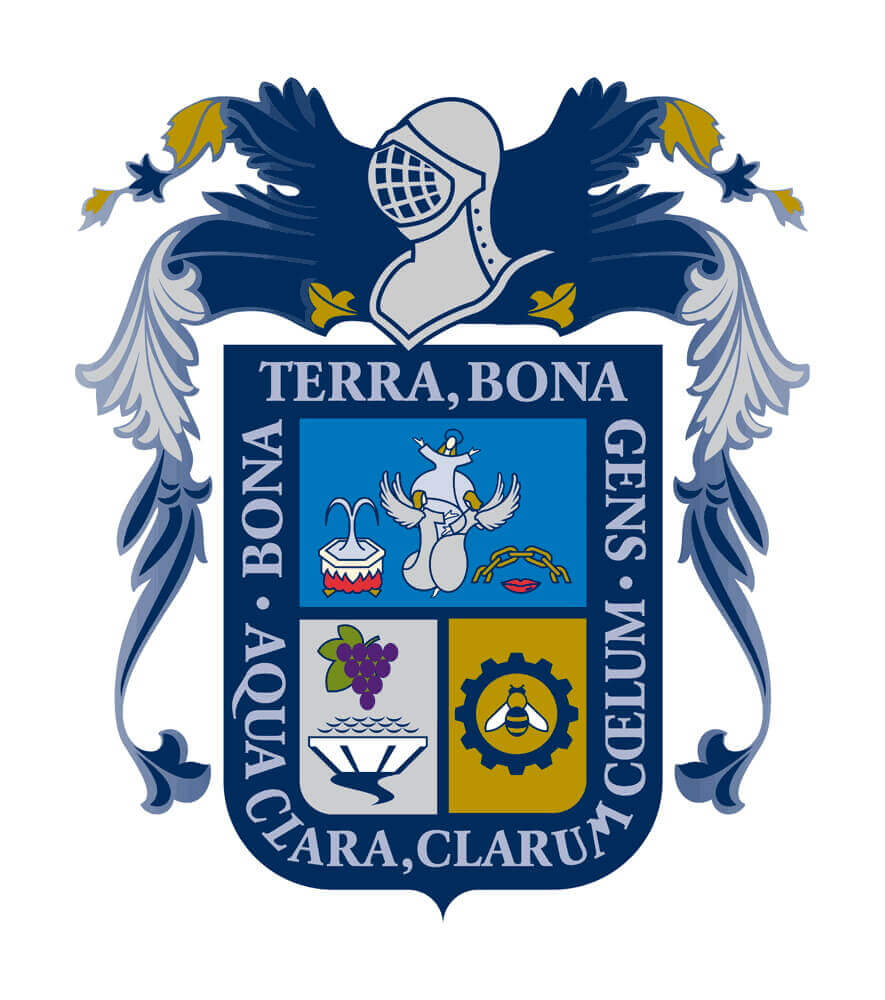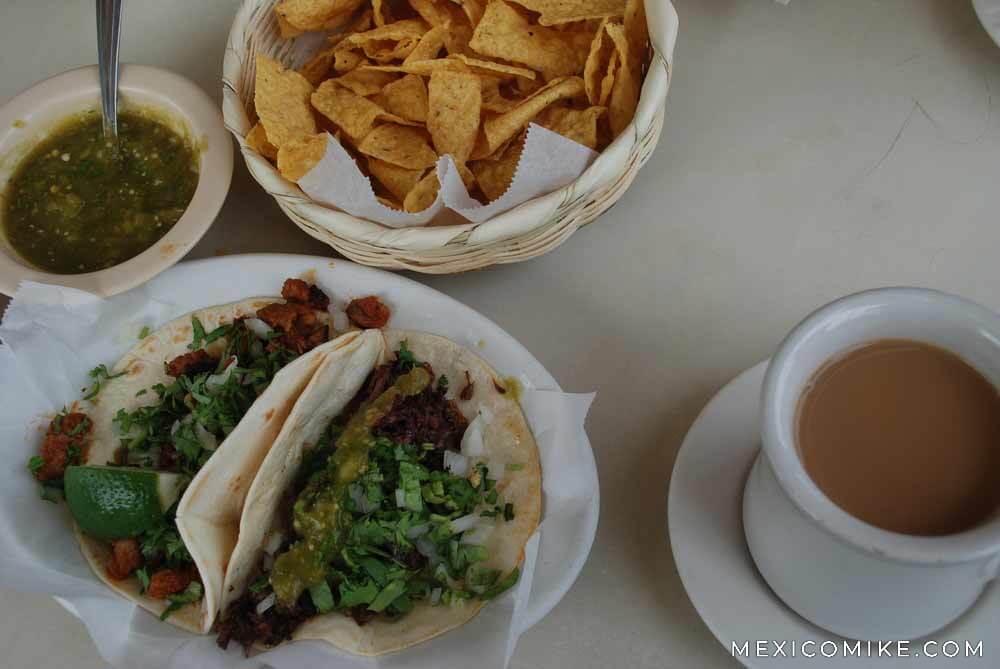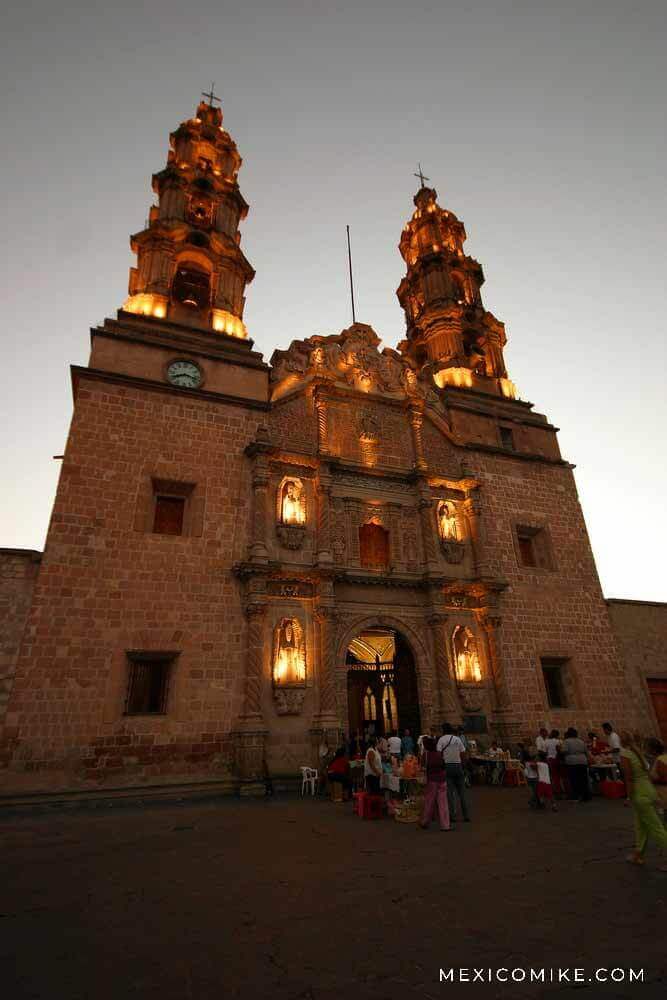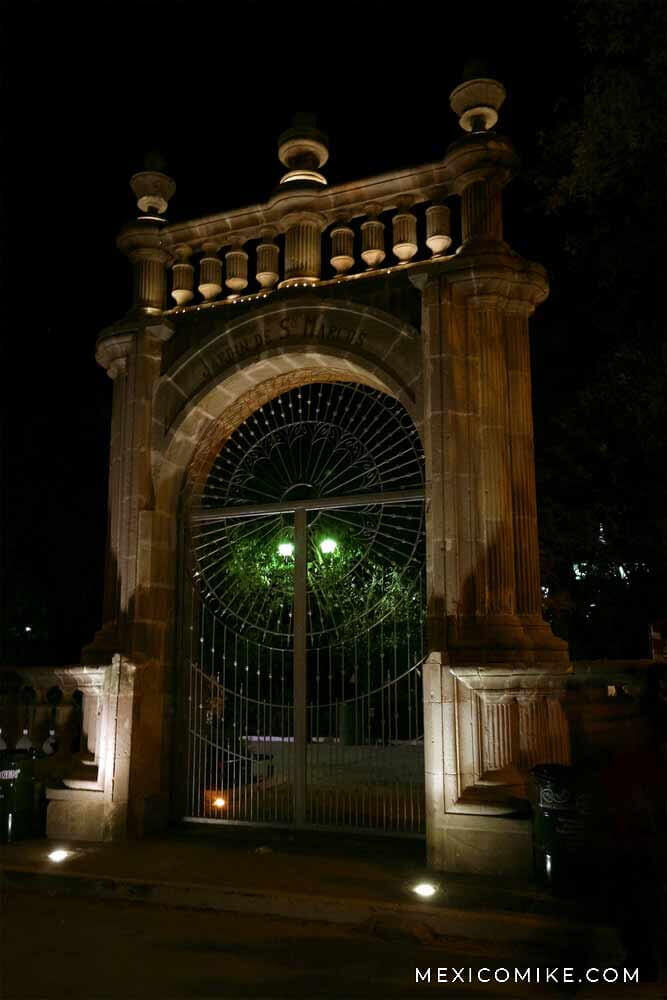In the middle of north-central Mexico, Aguascalientes is a landlocked state that borders Zacatecas and Jalisco. The name comes from the hot water springs that are prevalent in its region. Most of the state’s population comes from European ancestry—mainly Spanish and French. One of the country’s smallest states, Aguascalientes was split from Zacatecas in 1857 and became its own state.
Insurance Laws in Mexico
Mexico Federal Law: Civil liability is NOT Required.
Aguascalientes State Law: Civil liability is NOT Required.
At Fault Compensation: For property damage, there is no minimum or maximum required to pay for an at-fault accident. It is determined by the courts. For bodily damage, the minimum owed is 4 times the minimum wage which is around 5,000 Pesos, which equals $2’834,000.00 Mexican Pesos ($145,011.33). There is no maximum and the court will ultimately determine the compensation owed.
What does this mean? This means that per the federal and state government you are not required to have insurance in the state of Aguascalientes and if you get into an accident, the courts will determine how much you must pay to compensate for property damage and bodily injury.
You need to consider other places you will travel to because each state has different rules. So if you plan to visit or even drive through Hermosillo, you must have at least liability insurance.
What Insurance is best for Aguascalientes? Just because insurance is not required does not mean you do not need it. Especially in Aguascalientes, because there is no maximum for compensation, Mexinsurance would suggest getting a higher liability limit with AT LEAST $150,000 USD in liability.
Interesting Facts about Aguascalientes
Aguascalientes has an area of roughly 2,169 square miles and, it is one of the country’s most densely populated states. Aguascalientes maintains a population of just over 1 million people. The capital and largest city in the state is also Aguascalientes. The Capitol is the eighteenth most crowded city in the country. The state is known for its booming industry as well as its vineyards and wineries. Moreover, it is one of the most business-friendly places in the world. Other important cities in Aguascalientes aside from the capital include Asentios and Calvillo.
Geography and Landscape of Aguascalientes
Aguascalientes is on the Anahuac Plateau. The plain was once the hub of pre-Columbian Aztec people. The state enjoys a pleasant climate and is, of course, famous for its warm mineral springs. The atmosphere is desert-like, although it experiences summer rains. As a central point in the country, Aguascalientes is connected by highway and rail to all major cities. It’s also accessible by air to major cities in the U.S. Its location and transportation amenities have added to its economic prosperity. The San Pedro River runs into the state from Zacatecas and helps water the nearby crops. In the state’s desert regions, prickly pear and giant cactuses are common types of flora. The highlands claim forests of oak and pine. Animals that live in the state include eagles, white-tailed deer, coyotes, and raccoons.

History of Aguascalientes
Before the arrival of the Spanish, the area of Aguascalientes was home to mainly three indigenous tribes: the Caxcanes, the Zacatecas, and the Guachichiles. When the Spaniard Nuno Guzman arrived in the region in 1529, he overcame many indigenous people. Their hatred and mistrust for the Europeans ended with negotiation in the settlement of 1593.
Eventually, more Spanish moved to the region to settle and ranch. Due to disagreements with its neighbors, Aguascalientes did not enjoy a smooth road to statehood. It entered a period of sub-delegation with Zacatecas in 1804 but managed to negotiate independent territory status. This independence wavered throughout the first half of the nineteenth century until it finally reached statehood in 1857. After the overthrow of the dictator Porfirio Diaz, the legendary heroes of the Mexican Revolution (Francisco Villa, Venustiano Carranza, and Emilio Zapata) met in Aguascalientes to choose a leader for the country. During that meeting, Eulalio Gutierrez became Provisional President. In recent times, Aguascalientes has profited from its central location. Its industries enjoy easy access to other parts of the nation. Many international companies like Nissan and Xerox are choosing to invest in the state’s favorable business climate.
Food of Aguascalientes
In spite of its small size, Aguascalientes offers some big tastes in the form of its traditional and specialty foods. Aguascalientes is famous for its buttery tamales and guava-sauced hog ribs. Even more famous are unique takes on favorites like birria de barbacoa (a spicy stew) and chili Aguascalientes (meat and fruit-stuffed chili peppers). Its cuisine is invariably meat-based, but also includes plenty of vegetables, fruits, and local herbs. Meals like Menudo (beefy soup with herbs) and Lechon al horno (roast pork) are also popular with locals and visitors to the state alike.

Tourism in Aguascalientes
People flock to the state each year for the San Marcos Fair. Many in Mexico consider the San Marcos Fair “Mexico’s national Fair.” It’s held over three weeks in spring each year. Tourism in and around the capital, the northern mining towns also attract visitors. Many travelers also like to explore the haciendas and historical sites located throughout the region. Also famous the hot springs for which the state is best known.

The Capital
Aguascalientes, the capital city, is a popular tourist stop due to its colonial construction, historical sites, and cultural venues. Moreover, the city is known for its top-rated hotels and restaurants, as well as its entertainment and recreational options. Its main theatre is notable as one of the most charming opera houses in Mexico. While the outskirts of the capital are famous for their industrial parks, the interior is greenways and cyclist routes. As a result, Aguascalientes is the most bicycle-friendly city in the country. With its neighborhood traditions and popular attractions, the capital is a popular tourist center.
Other Things to See and Do in Aguascalientes
Real de Asientos: was founded in 1548. This old city is home to famous ruins and construction as well as the state’s oldest cemetery. Guests should follow the El Piojito train route that outlines primary sites around the city.
Museo de Aguascalientes: With its classical architecture, the city art museum is a great cultural center for the entire state. Built-in 1903, it contains priceless paintings and sculptures by artists like Gabriel Fernandez Ledezma and Saturnino Herran.

Tepezala: An historic town on the state’s Silver Route, Tepezala holds ancient ruins as well as conventional homes. The beautiful landscape is famous for eco-tours and even an eco-ranch.
The Capital’s Countryside: The beautiful lands outside of the city of Aguascalientes have lots of activities. Outdoor lovers enjoy rappelling, rock climbing, bird watching, fishing, RV’ing, and biking.
Calvillo: As the country’s largest guava producer, this city features a lot of vendors selling pastries and liquors made from guava. The city is the wealthiest in the state.
Aguascalientes Monumental Bullring: The common practice of bullfighting shines at the capital’s Monumental Bullring located in the city’s fairgrounds.

Sierra Fria: This thrilling canyon is famous for its views and surrounding nature reserve. Located near the city of San Jose de Gracia, the park and canyon area is home to pumas, bobcats, wild boars, and falcons.
